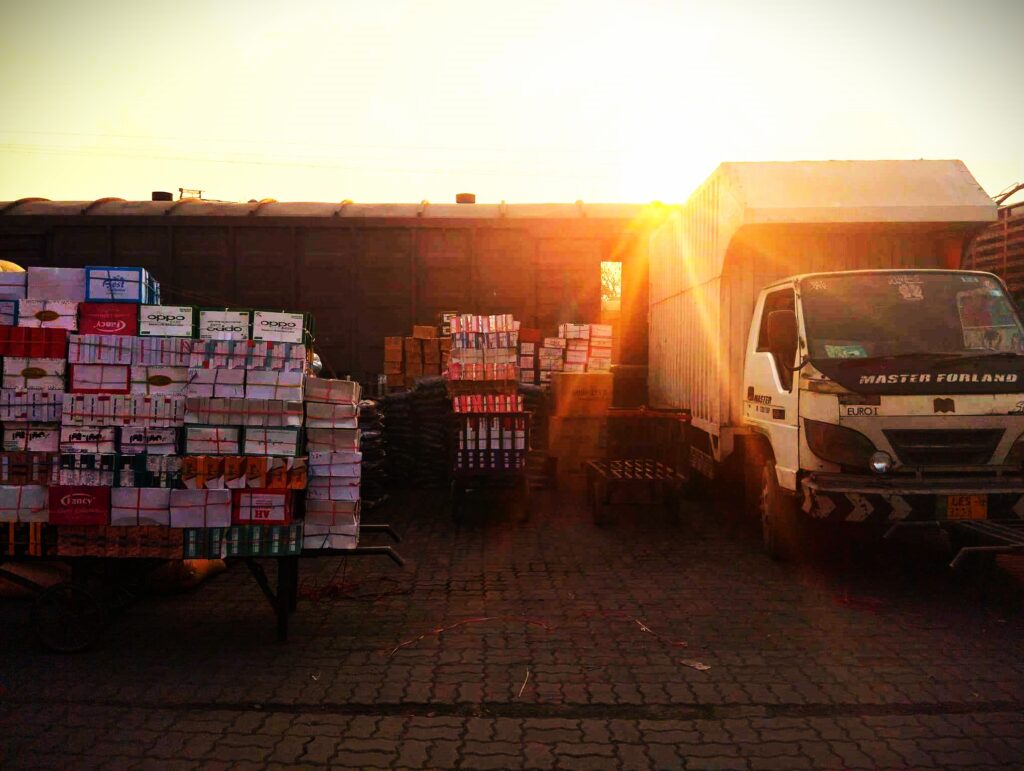Rail vs Truck: A Comprehensive Comparison of Freight Transportation Costs
When it comes to freight transportation, one of the most critical decisions businesses face is choosing between rail and truck transport. The cost-effectiveness of these two modes can vary significantly based on factors like distance, shipment size, and delivery speed requirements. This blog explores the intricacies of rail and truck shipping, helping you make informed choices for your logistics needs.
Understanding the Basics: Rail Transport
Rail transport is renowned for its ability to move large volumes of goods over long distances efficiently. A single freight train can carry the equivalent of 300 truckloads, making it a cost-effective solution for bulk shipments. Here are some key factors contributing to the lower costs of rail:
- Fuel Efficiency: Trains are significantly more fuel-efficient than trucks, consuming less energy per ton-mile. This translates to lower transportation costs, especially for long-haul shipments.
- Economies of Scale: The high capacity of trains allows businesses to consolidate shipments, reducing the cost per unit transported.
- Lower Environmental Impact: Rail transport produces fewer greenhouse gas emissions per ton-mile, making it an eco-friendly and cost-effective option for companies prioritizing sustainability.
Understanding the Basics: Truck Transport
Trucking remains a versatile and flexible mode of transportation, especially for shorter distances or when door-to-door delivery is required. While often more expensive on a per-ton-mile basis compared to rail, trucking offers distinct advantages:
- Flexibility: Trucks can access nearly any location, providing unmatched convenience for last-mile deliveries.
- Speed for Short Distances: For shorter routes, trucking is often faster than rail, which may involve additional handling and terminal transfers.
- Smaller Shipment Suitability: Trucks are ideal for less-than-truckload (LTL) and time-sensitive shipments where rails transport might not be practical.
Key Factors in Cost Comparison
Several variables determine whether rail or truck is the more cost-effective option for your specific shipping needs:
- Distance: Rail transport becomes more economical over long distances, typically exceeding 500 miles. For shorter distances, trucking often prevails due to reduced handling and transit times.
- Shipment Size: Large, bulk shipments benefit from rail’s economies of scale. In contrast, smaller or fragmented loads may incur higher costs when using rail due to additional handling requirements.
- Infrastructure Accessibility: Rail transport requires access to rail lines and terminals. If your facilities are not rail-served, you’ll need to account for drayage costs—the expense of trucking goods to and from rails terminals.
- Time Sensitivity: Rails transport, while cost-efficient, is generally slower than trucking. If your shipment has tight deadlines, trucking might be the better choice.
Cost Breakdown: Rail vs Truck
To understand the cost implications better, let’s consider the cost components for each mode of transportation:
- Rails Costs:
- Lower fuel costs due to high energy efficiency
- Reduced labor costs as one crew can operate a long train
- Terminal fees for loading and unloading
- Truck Costs:
- Higher fuel costs due to less efficiency
- Higher labor costs, as each truck requires a driver
- Maintenance and toll expenses for road usage
Choosing the Right Option
The choice between rail and truck often boils down to the specific needs of your shipment:
- Choose Rails If:
- Your shipment is large and bulky.
- You’re shipping over long distances (500+ miles).
- Cost-efficiency and sustainability are top priorities.
- Choose Truck If:
- You need door-to-door delivery.
- The shipment is time-sensitive.
- You’re transporting goods over short to medium distances.
Conclusion
Both rail and truck transportation offer unique benefits, and the choice between them depends on factors like distance, shipment size, time sensitivity, and infrastructure accessibility. Rails transport shines for bulk shipments over long distances, offering cost savings and environmental benefits. On the other hand, trucking provides unmatched flexibility and speed for shorter routes and smaller loads.
By understanding these dynamics, you can optimize your logistics strategy, balancing cost, efficiency, and service quality. Whether you’re moving goods across the country or delivering to a local market, the right mode of transport can make all the difference in your supply chain.

